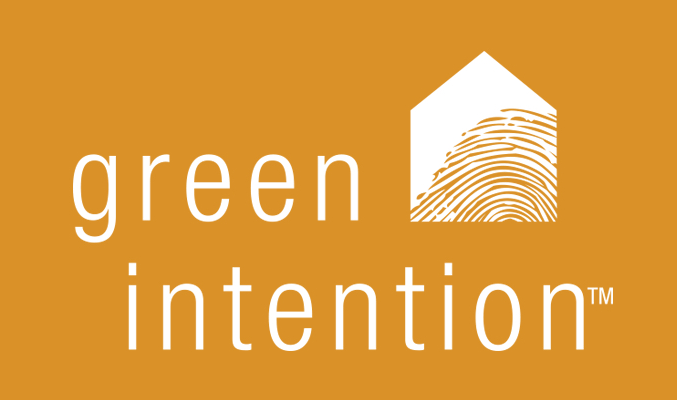 This section of Sustainable Sites encourages the design of site features to minimize erosion and runoff from the home site. This is actually a pretty big problem in Minneapolis. We get a fair number of huge downpours in the summer, and the runoff from all the roofs, driveways, and other hard pavements overloads the storm water management system, which drains into our surface waters, such as lakes where we swim and fish, and rivers like the Mississippi River, from which we get our drinking water. Contaminating this water is not a good thing. Since March of 2005, the costs for providing stormwater management have been listed as a separate line item on the city of Minneapolis’ utility bills (the portion of our water bill attributed to storm water management is $13.86 per month). The city actually offers a stormwater credit program to give people incentives to reduce the quality and/or quantity of stormwater runoff.
This section of Sustainable Sites encourages the design of site features to minimize erosion and runoff from the home site. This is actually a pretty big problem in Minneapolis. We get a fair number of huge downpours in the summer, and the runoff from all the roofs, driveways, and other hard pavements overloads the storm water management system, which drains into our surface waters, such as lakes where we swim and fish, and rivers like the Mississippi River, from which we get our drinking water. Contaminating this water is not a good thing. Since March of 2005, the costs for providing stormwater management have been listed as a separate line item on the city of Minneapolis’ utility bills (the portion of our water bill attributed to storm water management is $13.86 per month). The city actually offers a stormwater credit program to give people incentives to reduce the quality and/or quantity of stormwater runoff.
While no prerequisites, there are 3 parts to this section; this blog entry addresses SS 4.1 Permeable Lot. We are looking now only at the lot not including the house itself/area under the roof. For one point, 70%-79% of the lot needs to be permeable or designed to capture water runoff for infiltration on-site (80%-89% gives you two points, 90%-99% gives you three points, and the maximum is four points for 100%). Area that can be counted toward the minimum includes the following:
- Vegetative landscape (e.g., grass, trees, shrubs).
- Permeable paving (must include porous above ground materials and a 6-inch porous sub-base).
- Impermeable surfaces that are designed to direct all runoff toward an appropriate permanent infiltration feature (e.g., vegetated swale, on-site rain garden, or rainwater cistern).
I think a lot of people try to design building and walking areas so water just is off their site. We don’t think too much about what happens to it after it goes into that scary black grate in the street (click to see video).
Back to my calculations of square footage for each of the areas. Obviously I get to count the vegetative landscaping, which really is most of our lot area outside the house. I count the aggregate as permeable paving, because it’s basically like sand where water soaks through. I also count our west patio, stairs, and 23% of our driveway as impermeable surfaces that are designed to direct all runoff toward an appropriate permanent infiltration system. We do not have a rainwater cistern, because we would have had to put pilings in the ground to support a rain water cistern due to the wetness of the ground. So, that seemed illogical. We did put a drain tile around one edge of the driveway to help absorb the water runoff from the concrete stairs and 23% of the driveway on the north side of the house. On the southwest side of the house where we have concrete pavers and stairs, that water runs off directly into our yard and into our roof drain, that drains into a swale on the southwest corner of our property. Our east side patio is entirely under the roof of our second floor, so we do not count that at all. When all is said and done, approximately 92% of our lot can be categorized as permeable, giving us 3 whole points.
I do not think we did anything differently for these points — it just made sense to drain the water into the natural swale on the west side of the house. The incremental cost, then, was zero, but we may get a benefit from a storm water credit on our utility bill (my application for this is currently under way). According to their website, though, the average monthly credit a property can receive is $1.83 — wow – that might even by me a cup of coffee — without the steamed milk.
The additional points we garnered in the section, it should be noted, puts us over the minimum needed for the Sustainable Sites section (5). Yay! Onward.
Sustainable Sites points so far: 7
Cumulative points: 21
Additional points needed to get to Gold: 67
